Rooftop solar panels may become dirty as a result of exposure to dust and pollution.
With that being said, is it necessary to clean solar panels? Does dirt interfere with solar energy production? Don’t the wind and rain provide sufficient cleaning? Should this task be carried out by a specialized cleaning company?
Look no further than this guide to find out everything you need to know about the cleaning and maintenance of solar panels!
—
SUMMARY
- Why clean and do maintenance on solar panels?
- When to call upon the services of a solar cleaning company
- Preventive maintenance
- How frequently should solar panels be cleaned and maintained and during what time period?
- Types of solar panel maintenance operations
What are the components of a solar installation?
First and foremost, let us introduce the two different terms discussed in this article:
- Solar panel cleaning: this entails washing the panels like windows. The cleaning may be combined with preventive maintenance of the solar collectors.
- Solar panel maintenance: this refers to technical maintenance carried out by a professional and should ideally take place once a year.
The reason why photovoltaic panels must be cleaned is to ensure solar panel efficiency. An unclean panel runs the risk of producing less electricity and thereby reducing the profitability of the installation.
For that matter, the cleaning and maintenance of solar panels encompasses all types of solar installations, including:
- Photovoltaic solar panels.
- Thermal solar panels.
- Hybrid solar panel.
What are the components of a solar installation?
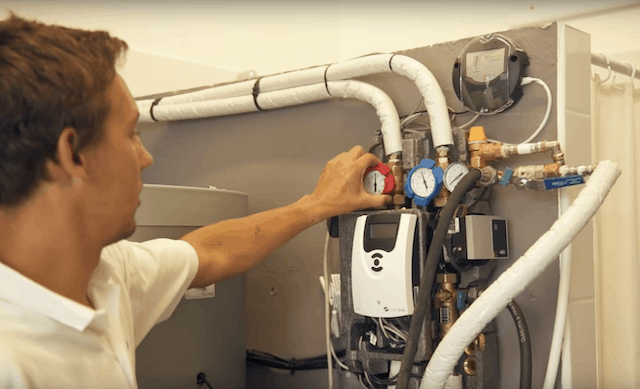
The main components of a grid-connected photovoltaic installation are:
- The photovoltaic solar panels
- The support structure
- The inverter or the microinverters
- The direct current (DC) circuit breaker and protection unit
- The alternating current (AC) circuit breaker and protection unit
The main components of a solar thermal installation are:
- The thermal solar panels
- The primary and secondary circuits
- The heat exchanger
- The heat storage tank and hydraulic pumps
- The expansion tank
- The tubes
- The main control panel
The main components of a hybrid solar installation are:
- The hybrid solar panels which contain the heat exchanger
- The support structure
- The inverter or the microinverters
- The direct current (DC) circuit breaker and protection unit
- The alternating current (AC) circuit breaker and protection unit
- The primary and secondary circuits
- The heat storage tank and hydraulic pumps
- The expansion tank
- The pipes
- The main control panel
There are a myriad of companies which offer cleaning services for each of these solar panels.
When to call upon the services of a solar cleaning company
Enlisting the aid of a solar panel cleaning company is a reasonable choice for very large installations known as solar farms or solar parks.
Why is that? Because if we build off the premise that unclean solar panels deliver a -5% solar output, this translates into a significant energetic shortfall in the context of a very large installation. -5% is an average calculation presented by the International Solar Energy Society. Declined efficiency will be discussed in more detail in a later paragraph regarding verification through monitoring
Apart from this scenario, a residential user need not necessarily secure the services of a cleaning company as long as the panels are slightly tilted. If the panels are laid flat, there is a higher chance of dirt build-up.
When all is said and done, cleaning solar panels is an uncomplicated procedure that you can take care of just as well as a professional. If you have a small installation, it pays off to clean it on your own because the cost of professional cleaning would exceed the estimated energy gain associated with clean solar panels.
As a matter of fact, you may also ask your solar installer to clean your panels while he is performing routine technical maintenance. He can execute this task in complete security.
Preventive maintenance
Preventive maintenance involves booking an appointment with your solar installer to verify that everything is in order. This procedure should generally occur once a year and differs from curative maintenance, which involves the resolution of an identified fault or failure.
How frequently should solar panels be cleaned and maintained and during what time period?
Ideally once a year
In truth, there is no regulatory maintenance frequency to adhere to with respect to your solar installation (whether photovoltaic or thermal). It all depends on where it is installed and how rapidly it accumulates dirt.
All the same, you should aim for an annual inspection as part of a maintenance contract with your solar installer. At any rate, this is what we advise our DualSun clients to do. Therefore, cleaning can also occur at this time.
In reality, the cleaning frequency of a solar installation depends on its location. A solar panel will certainly accumulate dirt more quickly if it is particularly exposed to agricultural dust, bird droppings, sand or pollution.
Alternatively, a long period of drought can also contribute to dirt build-up on the panels seeing as they do not benefit from a natural rain rinse.
The optimal period to clean solar panels
There is no optimal period to clean one’s solar panels. However, the end of winter seems to be a more favorable time to clean them because the sun returns and output levels are on the rise.
Bear in mind that your solar installer may be very busy during this time since it is also the ideal period to perform installations. So expect a rapid intervention on his part.
Lastly, there is no specific time of day to clean your solar panels either. Nevertheless, to avoid interfering with the solar output, you may want to opt for dawn or dusk when the panels are less warm.
Types of solar panel maintenance operations
Verification through monitoring
Apart from a visual appraisal of your collectors, the best way to know if your solar panels need to be cleaned is by verifying your solar output. Has it decreased due to unclean solar panels? If that is the case, a lower-than-normal output level will notify you that it is time for a cleaning.
The DGS eV, which is the German section of the International Solar Energy Society, states the following in the Photovoltaic Guide: on average, an unclean photovoltaic solar panel generates 2 to 7% less energy than a clean panel.
However, a very sharp drop in production levels is more so indicative of a technical problem. Therefore, if efficiency levels drop by more than 10%, you should have your system serviced by a professional.
Your solar monitor provides all these details. Simply log in to your online interface and verify your energy output data.
The tools needed to properly clean photovoltaic panels
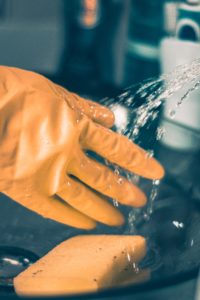
To clean the surface of the panels, all you need is soft, lukewarm water and a non-abrasive sponge. Nothing more.
Please be aware that applying cold water to a warm panel could result in thermal shock, thereby damaging your panel. Furthermore, cleaning with hard water may leave white residue on your glass panels and thus affect their performance.
If possible, use a telescopic pole to avoid taking the unnecessary risk of climbing onto your roof.
Last but not least, it almost goes without saying that you should avoid leaning too heavily on your panels.
What to avoid when cleaning solar panels
Certain cleaning products can damage the solar panels and should therefore be avoided:
- Hard water. It can leave white residue that diminishes photovoltaic output.
- Abrasive sponges. They may scratch the panels.
- Very cold water: Using very cold water on a warm panel can result in thermal shock and permanently damage the solar panel.
- Very high-pressure water. This can damage the joints in the panel frame. Kärcher-type high-pressure cleaners must therefore be avoided.
- Solvents and detergents. Such products may damage the surface of the solar collectors.
Photovoltaic cleaning and maintenance
As we previously stated, solar panels can only perform at an optimal level if they are clean and free of any object or element that could block the sun’s rays. This includes shade!
In France, there is sufficient wind and rain to adequately clean and rinse off photovoltaic solar installations, but you may also wipe down the panels with a sponge if you wish.
As far as maintenance is concerned, it serves to remind that photovoltaic solar panels do not require any special technical maintenance.
That’s right. They are extremely reliable and sturdy— and can operate for up to 30 years! All you need to do is ensure an occasional verification of the cables, the output meter, and the inverter. A mere glance at the monitor will alert you to an unexpected drop in production levels.
Thermal solar panel cleaning and maintenance
The cleaning procedure is similar to that of any other panel type.
However, this type of solar installation requires rigorous thermal maintenance based on recommendations outlined by each manufacturer in part. These are specified in the care and maintenance manuals.
The thermal maintenance of an installation is carried out by a solar installer once a year, at which time he:
- Verifies the water pressure by using the pressure gauge to ensure that it is not less than 1 bar. If the pressure sits below 1 bar, this could jeopardize the circulation of the glycol water and negatively affect the entire solar installation.
- Controls the quantity of glycol, which is the antifreeze found in the panels. There must be enough glycol to prevent the panels from freezing in the winter.
- Monitors the operation of the installation’s safety devices, such as the mixing valve at the outlet to the domestic hot water tank or the solar safety valve.
- Ensures that the installation is perfectly sealed and waterproof. Confirms the absence of fluid leaks on the accessible portions of the system.
- Verifies the pump, the expansion tank, and the electrical connections.
All actions performed on the thermal installation must be recorded by the installer in a maintenance notebook and safeguarded so as to ensure precise tracking throughout the service life of the installation.
Hybrid solar panel cleaning and maintenance
The distinguishing feature of hybrid solar panels is that they combine two systems in one: photovoltaic panels on the front and thermal panels on the back, towards the roof.
Hybrid solar panels are cleaned in the exact same way as a photovoltaic or thermal panel, meaning with soft, lukewarm water and a non-abrasive sponge.
As far as of the photovoltaic side is concerned, this procedure is identical to that of a classic panel, which consists of verifying the cables, the production housing, and the solar inverter.
Maintenance of the thermal side is similar to that of a thermal solar installation. The difference is that solar hybrid panels such as DualSun do not overheat. This advantageous feature preserves the heat transfer fluid as well as the panel components for a longer period of time, rendering it unnecessary to replace components and therefore drastically reducing maintenance costs.
Please note that a solar panel maintenance guide is made available to anyone who wishes to install a DualSun hybrid installation.
Inverter and housing maintenance
To begin with, we remind that the solar inverter is an indispensable part of a solar installation which converts direct current output into alternating current. It also comes in a smaller format, called a micro-inverter.
Maintaining an inverter is a hassle-free task. Once a year, the air inlets must be cleaned so that the device can cool down properly. The indicator lights and various displays must also be checked at this time.
This procedure limits the decreased productivity of the device at the end of its service life. It should be noted that a solar inverter has an estimated service life of about 10 years. In addition to being cleaned and maintained, it will need to be replaced at least once during the service life of the photovoltaic system.
Last but not least, we turn our attention to the other connector housings. Their maintenance consists of dusting off and verifying the indicator lights.
For further reading, we invite you to browse the following articles:
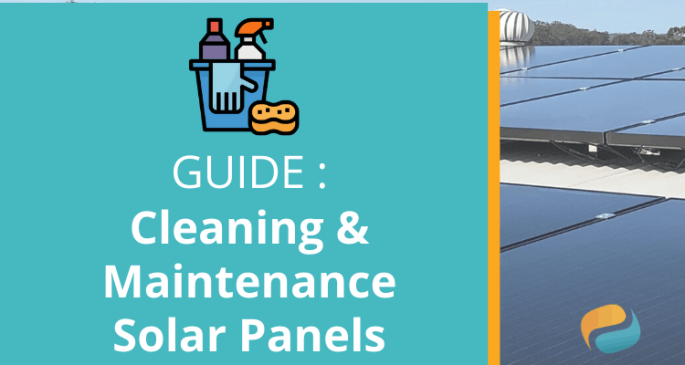
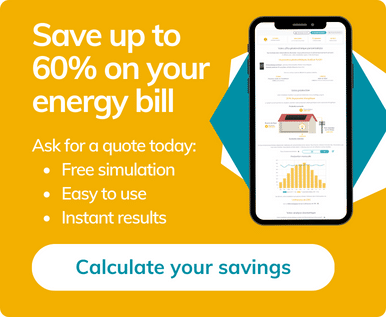
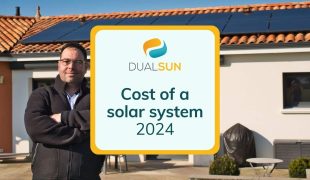
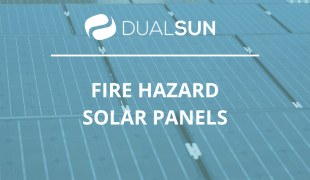
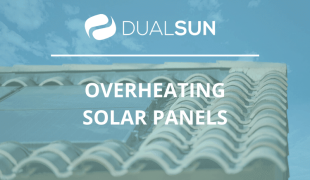
Aucun commentaire.
Leave a comment
Votre adresse e-mail ne sera pas publiée. Les champs obligatoires sont indiqués avec *